News
What Are The Key Differences Between Capacitive And Inductive Touch Screens?
What Are The Key Differences Between Capacitive And Inductive Touch Screens?
Content Menu
● What is a Capacitive Touch Screen?
>> Key Features and Advantages
● What is an Inductive Touch Screen?
>> Key Features and Advantages
● Capacitive vs. Inductive Touch Screen
>> Technology and Functionality
>> Sensitivity and Responsiveness
>> Interaction with Different Materials
● Advantages and Disadvantages
>> Pros and Cons of Capacitive Touch Screen
>> Pros and Cons of Inductive Touch Screen
● Future Trends in Touch Screen Technology
>> 1. What are the main differences between capacitive and inductive touch screen?
>> 2. Can capacitive touch screen work with gloves?
>> 3. Which type of touch screen is better for industrial applications?
>> 4. Are capacitive touch screen more expensive than inductive touch screen?
>> 5. What future advancements can we expect in touch screen technology?
Introduction
DINGTouch:In the modern world, touch screen technology has become an integral part of our daily lives. From smartphones and tablets to industrial equipment and kiosks, touch screen are everywhere. Understanding the differences between various types of touch screen is crucial for consumers and manufacturers alike. This article will explore the key differences between capacitive and inductive touch screen, providing insights into their functionality, advantages, and applications.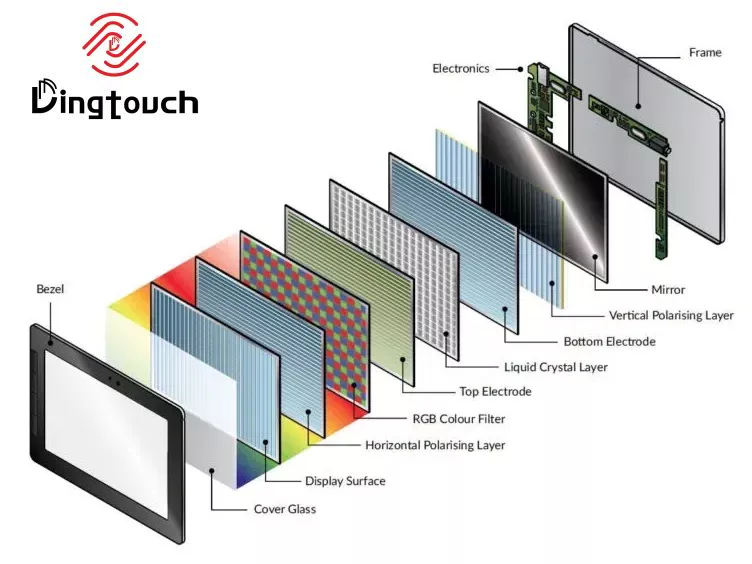
What is a Capacitive Touch Screen?
A capacitive touch screen is a type of display that detects touch through the electrical properties of the human body. When a finger touches the screen, it creates a change in the electrical field, allowing the device to register the touch. Capacitive touch screens are known for their high sensitivity and responsiveness, making them ideal for devices that require quick and accurate input.
Key Features and Advantages
capacitive touch screen offer several advantages:
- High Sensitivity: They can detect even the lightest touch, allowing for a more intuitive user experience.
- Multi-Touch Capability: Capacitive screens can recognize multiple touch points simultaneously, enabling gestures like pinch-to-zoom.
- Durability: These screens are typically made of glass, making them resistant to scratches and wear.
- Clarity: Capacitive touch screens provide excellent image clarity and brightness, enhancing the overall visual experience.
Common Applications
capacitive touch screen are widely used in various devices, including:
- Smartphones and Tablets: The majority of modern smartphones utilize capacitive touch technology for its responsiveness and multi-touch capabilities.
- Laptops: Many laptops now feature capacitive touch pads that allow for gesture-based navigation.
- Kiosks: Interactive kiosks in public spaces often use capacitive screens for user-friendly interfaces.
What is an Inductive Touch Screen?
Inductive touch screen, also known as inductive coupling touch screen, operate on a different principle. They use electromagnetic fields to detect touch. When a conductive object, such as a finger, comes close to the screen, it alters the electromagnetic field, allowing the device to register the touch. This technology is particularly useful in environments where users may be wearing gloves or using styluses.
Key Features and Advantages
Inductive touch screen also have unique advantages:
- Glove Compatibility: They can detect touch even when the user is wearing gloves, making them suitable for industrial and outdoor applications.
- Durability: Inductive screens are often designed to withstand harsh conditions, including exposure to water and dust.
- Precision: These screen can provide precise input, making them ideal for applications requiring accuracy, such as medical devices.
Common Applications
Inductive touch screen are commonly found in:
- Industrial Equipment: Many machines in factories use inductive touch screens for control panels, allowing operators to interact without removing gloves.
- Medical Devices: In healthcare settings, inductive touch screens are used in devices that require sterile conditions.
- Automotive Display: Some vehicles utilize inductive touch technology for infotainment systems, allowing for easy interaction while driving.
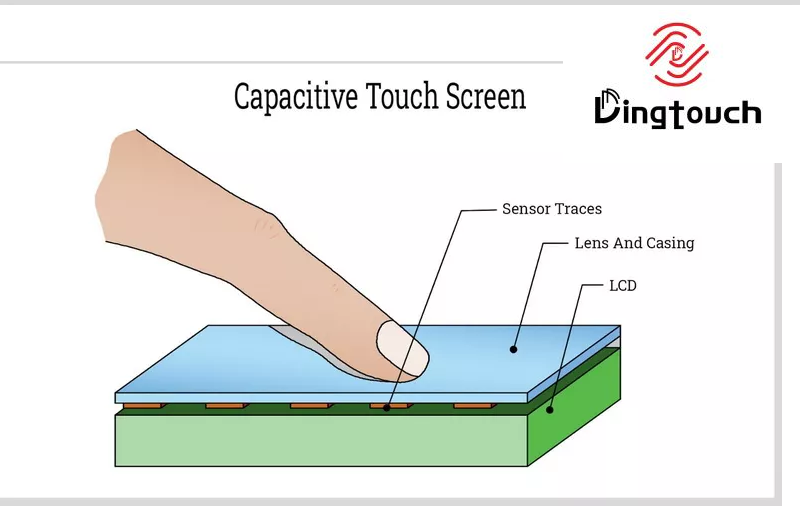
Capacitive vs. Inductive Touch Screen
When comparing capacitive and inductive touch screen, several factors come into play, including technology, sensitivity, and interaction with different materials.
Technology and Functionality
Capacitive touch screens rely on the electrical properties of the human body, while inductive touch screen use electromagnetic fields. This fundamental difference affects how each type of screen responds to touch. Capacitive screens are generally more sensitive and can detect lighter touches, while inductive screens excel in environments where users may not have direct skin contact with the screen.
Sensitivity and Responsiveness
capacitive touch screen are known for their high sensitivity, making them ideal for applications that require quick and accurate input. Users can interact with the screen using gestures, such as swiping and pinching, which are easily recognized by capacitive technology. In contrast, inductive touch screens may require a firmer touch or the use of a stylus, which can limit their responsiveness in certain situations.
Interaction with Different Materials
One of the significant advantages of inductive touch screen is their ability to work with various materials. They can detect touch through gloves, making them suitable for industrial and medical applications. Capacitive touch screens, on the other hand, may struggle to register touch when users are wearing gloves or using non-conductive objects.
Advantages and Disadvantages
Pros and Cons of Capacitive Touch Screen
Advantages:
- High sensitivity and responsiveness
- Multi-touch capabilities
- Excellent image clarity
- Durable and scratch-resistant
Disadvantages:
- May not work with gloves or non-conductive objects
- Can be more expensive to manufacture
Pros and Cons of Inductive Touch Screen
Advantages:
- Glove compatibility
- Durable and resistant to harsh conditions
- Precise input for specialized applications
Disadvantages:
- Generally less sensitive than capacitive screen
- May require a stylus for optimal use
Future Trends in Touch Screen Technology
As technology continues to evolve, both capacitive and inductive touch screen are expected to see significant advancements. Innovations may include improved sensitivity for inductive screens, allowing them to compete more directly with capacitive technology. Additionally, the integration of haptic feedback in touch screen could enhance user experience by providing tactile responses to touch inputs.
The market for touch screen technology is also projected to grow, with increasing demand in various sectors, including healthcare, automotive, and consumer electronics. As manufacturers continue to explore new applications for touch screens, we can expect to see even more versatile and user-friendly devices in the future.
Conclusion
In conclusion, understanding the differences between capacitive and inductive touch screen is essential for making informed decisions about technology. capacitive touch screen offer high sensitivity and multi-touch capabilities, making them ideal for consumer devices. In contrast, inductive touch screens excel in environments where glove compatibility and durability are crucial. As technology advances, both types of touch screens will continue to evolve, providing users with enhanced experiences and new possibilities.
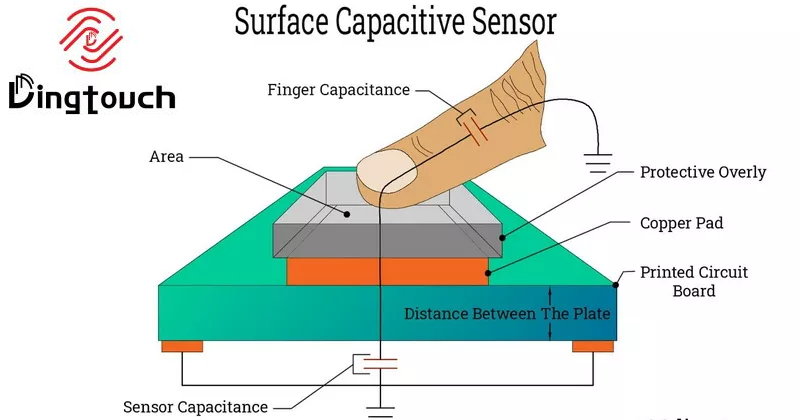
Related Questions
1. What are the main differences between capacitive and inductive touch screen?
capacitive touch screen detect touch through the electrical properties of the human body, while inductive touch screens use electromagnetic fields. This leads to differences in sensitivity, responsiveness, and compatibility with gloves.
2. Can capacitive touch screen work with gloves?
Typically, capacitive touch screen do not work well with gloves unless they are specially designed for conductive materials. In contrast, inductive touch screens can detect touch through gloves.
3. Which type of touch screen is better for industrial applications?
Inductive touch screen are often better suited for industrial applications due to their glove compatibility and durability in harsh environments.
4. Are capacitive touch screen more expensive than inductive touch screen?
Generally, capacitive touch screen can be more expensive to manufacture due to their advanced technology and materials. However, prices can vary based on specific applications and features.
5. What future advancements can we expect in touch screen technology?
Future advancements may include improved sensitivity for inductive screen, integration of haptic feedback, and new applications in various sectors, including healthcare and automotive industries. 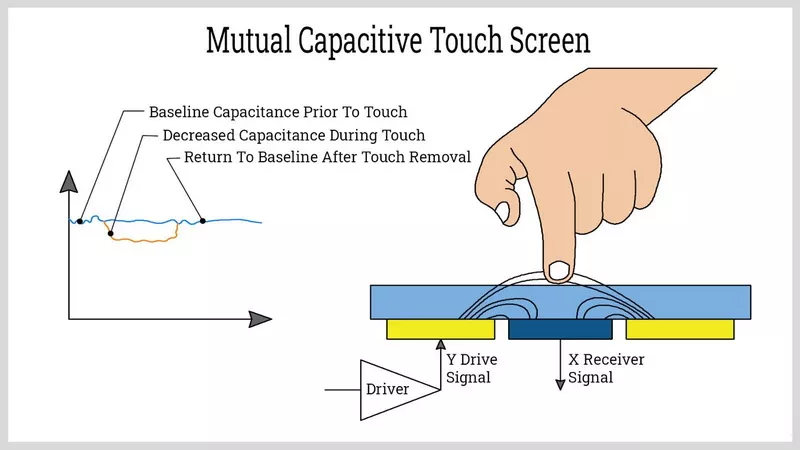
DINGTouch: Committed to continuous innovation and improvement of product quality to meet customers' high requirements and expectations.
DINGTouch is a manufacturer that provides high quality touch screen panels. Focus on the design, manufacturing and sales of touch screen panels, and are committed to providing customized solutions that satisfy customers.
DINGTouch: In the process of customizing touch screen panels, we focus on close cooperation and communication with customers. Understanding customers' needs and providing customized solutions will meet customers' individual needs. The company's products are favored by customers for their high quality and reliability, and provide them with the best touchscreen panel solutions.
At DINGTOUCH, we are the world's leading touchscreen manufacturer, helping businesses around the world take advantage of this exciting technology. For more information, please visit the home page now.
Find the DINGTouch technical team to achieve the success of your company's new project.
How to choose touch screen customization?
DINGTouch is a company specializing in the R&D and production of touch screen technology, headquartered in Shenzhen, China. As a professional touch screen supplier, DINGTouch is committed to providing high-quality, stable and reliable touch screen products to meet the diverse needs of customers. We continue to carry out technological innovation and product optimization to ensure that its touch screen products have good sensitivity, accuracy and durability.
In addition to the products themselves, we also focus on cooperation and communication with customers, and are committed to providing customized solutions and excellent after-sales services. Through continuous efforts to improve product quality and customer satisfaction, we have established a good reputation in the touchscreen industry and won widespread market recognition.
What DINGTOUCH can do:
• PCAP maximum size 65”
• Multi-touch (Touch screen can be customized to your needs.)
• Optical bonding service/air bonding
• LCD interface: HDMI/RGB/MIPI/LVDS/EDP, etc.
• PCAP interface: IIC/USB interface
• CTP can customize the cover glass surface treatment process AG (anti-glare), AR (anti-reflection), AF (anti-fingerprint), waterproof, and glove touch
• Supports 0.55 mm-12 mm coverslip touch.
• Support operating temperature: -40℃-90℃.
Dingtouch Industrial Capacitive Touch Screen Manufacturer
In conclusion, Dingtouch as a professional touch screen manufacturer with more than 10 years touch screen experience.We have many capacitive touch screen. Such as5 inch touch screen,7 inch touch screen,10.1inch touch screen,15 inch touch screen,15.6 inch touch screen,17 inch touch screen,18.5 inch touch screen,19 inch touch screen,21.5 inch touch screen,32 inch touch screen, However, we also welcome to customize your own touch screen . Contact our team today to learn what capacitive touch screen are best for our retail business needs.
Contact us NOW! sales@szdingtouch.com
CATEGORIES
CONTACT US
Contact: Dingtouch
Phone: +8615815536116
Tel: +8615815536116
Email: sales@szdingtouch.com
Add: Building A, Bailu Plaza, No. 48, Gonghe Industrial Road, Gongle Community, Xixiang Street, Baoan District, Shenzhen,China. 518126
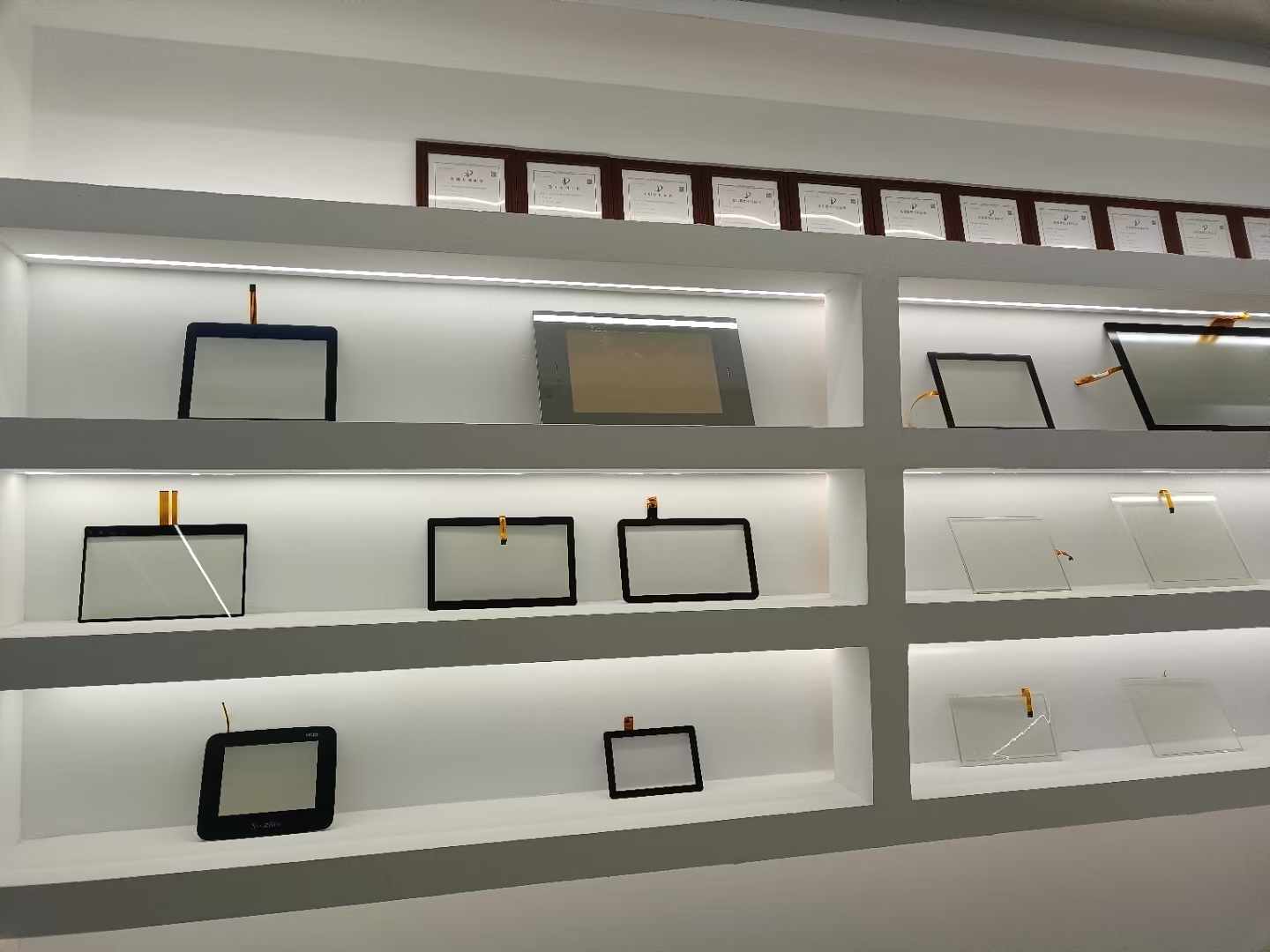
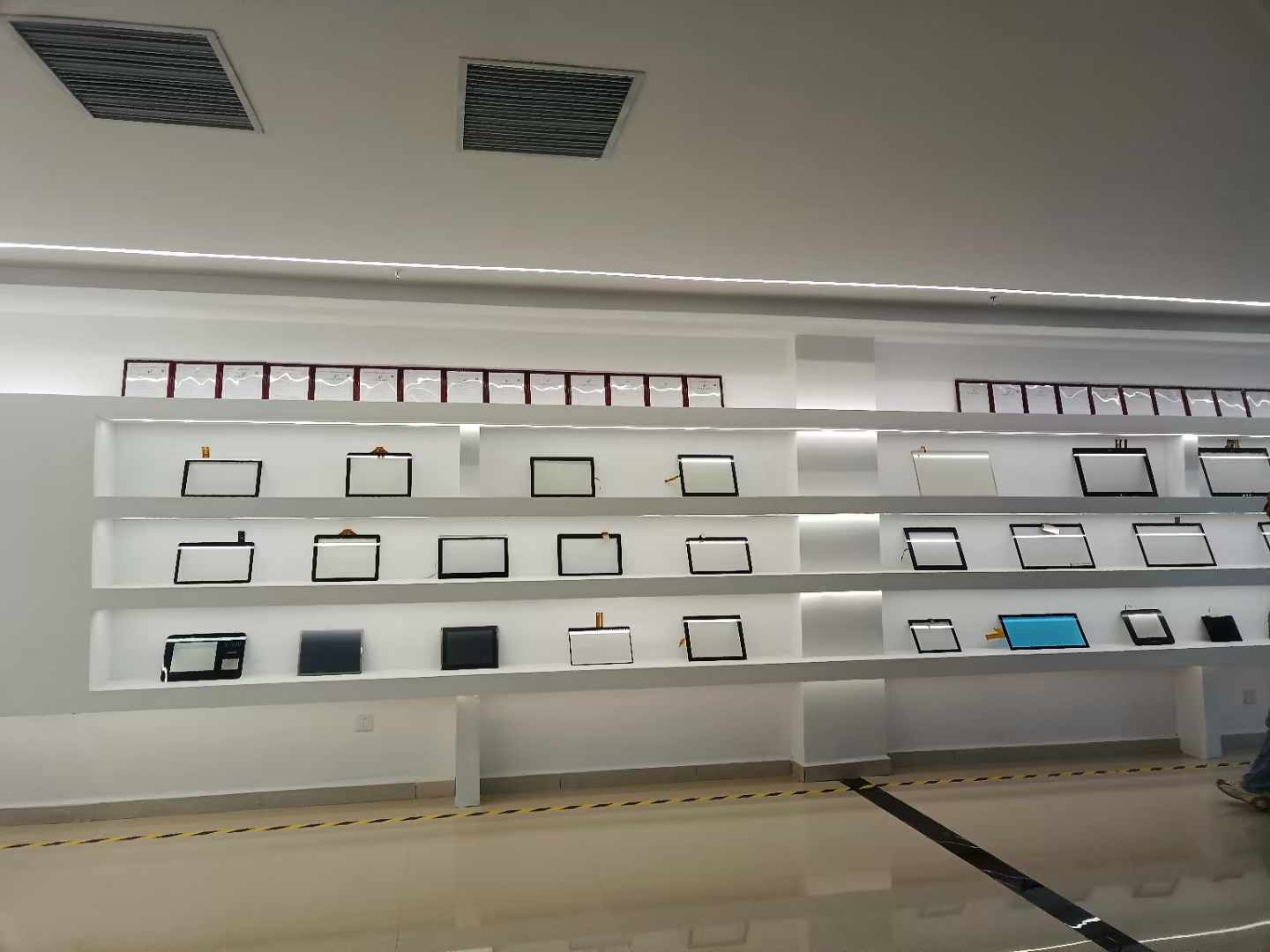





 Dingtouch
Dingtouch